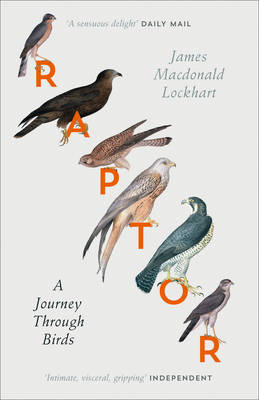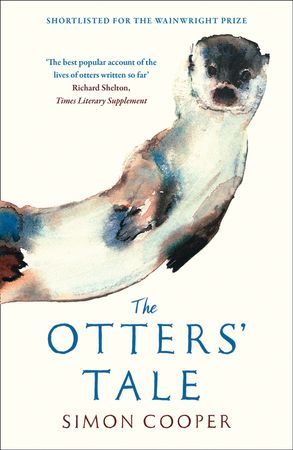 As a birder and particularly a lover of all things raptor, a book with the title ‘Raptor’ would always catch my fancy. The cover promises that it is ‘a journey through birds’, and displays some beautiful imagery of some of the birds of prey that the United Kingdom has to offer. I was hooked on the spot and decided to buy this book.
As a birder and particularly a lover of all things raptor, a book with the title ‘Raptor’ would always catch my fancy. The cover promises that it is ‘a journey through birds’, and displays some beautiful imagery of some of the birds of prey that the United Kingdom has to offer. I was hooked on the spot and decided to buy this book.
Reading the book does not disappoint. It sounds like quite a daunting task: describing all fifteen nesting raptors in the UK. The book is set up brilliantly for it. James Macdonald Lockhart starts his journey all the way up in Orkney, and travels through the UK searching for each individual raptor species. Each chapter is dedicated to one particular species, and Macdonald Lockhart does a lot more than just tell us about the bird. He tells us about the landscape and the relationship the raptor has to that landscape. He tells us about the history of the relationship between raptors and humans, and how this has developed in recent years. This can sometimes be a bit depressing, as humans and their actions have brought so many of Britain’s raptor species to the brink of extinction. There is room for optimism, too: humans are also involved in the return of species like the red kite, the buzzard and the osprey, with many initiatives to protect them throughout the UK.
While reading each chapter, you feel like you’re right there birding with him, and you feel like you’ve become part of the bird’s life. The amount of knowledge in this book is astounding, and I have already been able to use some of the acquired knowledge during my own birdwatching.
This book is also a love letter to the late Scottish naturalist and ornithologist William MacGillivray, who in 1819 set out for a walk from Aberdeen to London to visit the British Museum at the age of 23. On this journey he kept a diary, and there are many fragments from this diary included in ‘Raptor’. MacGillivray was a fantastic observer of all things wildlife and plants, and his notes really add an extra layer to the book. Sadly, MacGillivray never really got the recognition Macdonald Lockhart successfully claims he deserves, and as a reader you do wonder why you have never seen his name before, especially as a birder. ‘Raptor’ also features some of the watercolours MacGillivray made during his life, which are now apparently hidden in storage at the Natural History Museum and are never seen by anyone. I for one would love to see his watercolours, and am determined to get myself a copy of his most famous work ‘A History of British Birds’. MacGillivray intended for the watercolours to be included in this book, but didn’t have the money to make this happen. However, his descriptions of these birds are so vivid that you don’t actually need to see it at all. This is a rare gift, and I can only hope that other readers of ‘Raptor’ will join me in trying to get more attention to his work.
Even for people who are not generally fond of raptors there is a lot to enjoy in this book. It’s beautiful prose, and any book that is written by someone with a clear passion about the topic will draw you in regardless of whether you are actually as passionate about the topic yourself. Warmly recommended.
Title: Raptor
Author: James Macdonald Lockhart
ISBN: 9780007459896
 As the saying goes, you shouldn’t judge a book by its cover. Yet, it was the cover of The Otters’ Tale by Simon Cooper that drew me towards it, featuring a beautiful watercolour painting of a curious otter by Mark Adlington. As someone who loves nature writing and has a lifelong wish of seeing an otter, I knew this was one of those books I had to read. I felt that it might shed some light on the life of an animal I knew very little about, except for the fact that I wanted to see one more than anything.
As the saying goes, you shouldn’t judge a book by its cover. Yet, it was the cover of The Otters’ Tale by Simon Cooper that drew me towards it, featuring a beautiful watercolour painting of a curious otter by Mark Adlington. As someone who loves nature writing and has a lifelong wish of seeing an otter, I knew this was one of those books I had to read. I felt that it might shed some light on the life of an animal I knew very little about, except for the fact that I wanted to see one more than anything.